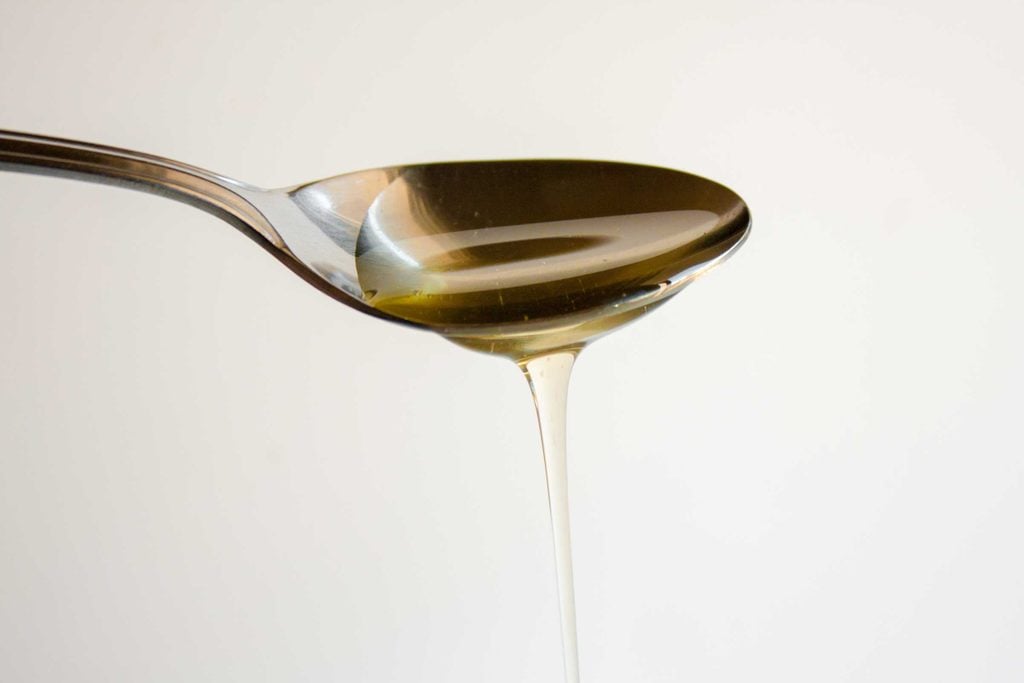What Nutritionists Wish You Knew About Agave Nectar
Updated: Jan. 04, 2017
Yes, it's wise to seek healthier alternatives to sugar, but here's you need to watch your intake of agave nectar too.

The science is pretty clear that too much sugar is bad, so many of us have been seeking out healthier substitutes to add to tea, smoothies, or brownie batter. For a while, agave nectar was considered the best alternative, but it turns out that the liquid sweetener, made from the sap of a succulent Mexican plant, is not as innocent as previously thought. Besides that it has more calories—20 per teaspoon—than table sugar and actually ranks lower in disease-fighting antioxidants than many other natural sweeteners, including honey and maple syrup, recent research has found that the high amount of fructose found in agave nectar can cause a lot of harm in the body.
“Agave may be preferred by some for its taste, but it shouldn’t be sought as a natural, ‘better for you’ alternative to sugar,” says Allison Stowell, MS, RD. “People who consume it regularly should be aware that it’s composed mostly of fructose, a type of sugar we should seek to consume in moderation.”
Agave nectar became popular initially because it has a low glycemic index, which means it doesn’t cause a spike in blood sugar the way regular sugar does. But the problem with agave nectar lies in its high fructose content. While regular sugar contains about 50 percent fructose, agave has 70 to 90 percent fructose—more than even high fructose corn syrup, a well-known dietary demon. Consuming a high amount of fructose can eventually lead to insulin resistance, according to research in the journal Nutrition & Metabolism, which causes chronically high blood sugar and insulin levels, a problem much worse for you than a temporary hike in blood sugar. The researchers, from the University of Toronto, go so far as to suggest that dietary fructose consumption is a substantial and under-recognized contributor to the epidemics of obesity and type 2 diabetes.
Too much fructose, from agave nectar or high fructose corn syrup, can also cause problems with the liver. “Unlike glucose, which can be used by a number of cells once it’s in our bloodstream, fructose has to be metabolized in our liver before it is readily available to us,” says Stowell. This can damage liver function and even lead to nonalcoholic fatty liver disease, according to research in the Journal of Hepatology. Pay attention to these signs of fatty liver disease.
As a result of agave’s impact on insulin and the liver, using this sweetener can up your risk of not only obesity, but other health issues such as type 2 diabetes and heart disease. “It’s easy to see how a diet in excessive fructose can lead to an increase in triglycerides, which can be associated with an increased risk in cardiovascular disease and sometimes insulin resistance,” says Stowell.
If you’re not ready to toss that giant bottle of agave nectar in your pantry, consider using it in small amounts at a time. Otherwise, you’re better off switching to a healthier alternative such as raw honey, pure maple syrup, or stevia. “Save your fructose intake for high fiber, antioxidant-rich fruit instead,” says Stowell.